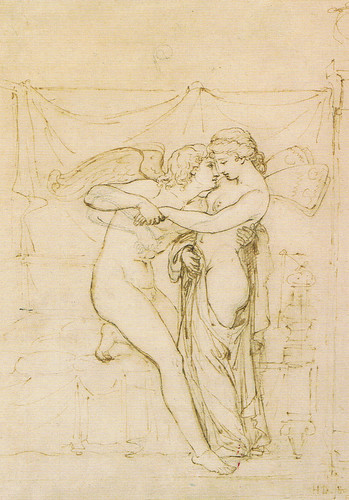
The last post about the drawing class forthcoming at BLANKSPACE, and the other life-drawing classes held around Manchester has lead me to delve into my collections of art books, graphic novels, and paper ephemera. Assisted by my trusty scanner I have emerged with a selection of nudes, life studies, and erotica, in drawing, design, photography and sculpture. There seemed to be a lot to choose from, and to keep me on my toes I refrained from lazily ducking into Erotic Art (Taschen). Had I taken that route I might have been tempted to court controversy by reproducing Jeff Koons’ Butt Red (Close Up), 1991; then discussion here would certainly have been skewed off towards pornography and art, then I might have need to have included some Robert Mapplethorpe, and I’m too immature for that.
Anyway, this isn’t really about life drawing; it’s more just a chance for me to go through books and stuff. Of course today’s bookish trek is strung around the themes already mentioned, so be warned; it may not remain entirely clean, especially if you find offensive the idea of an adult Dorothy from the Wizard of Oz enjoying the carnal pleasures of Oz. This image (below) is taken from the giant triple-volume graphic novel Lost Girls by husband and wife team Alan Moore (author, famous for Watchmen, From Hell, and League of Extraordinary Gentlemen) and Melinda Gebbie (illustrator of pornographic and feminist comics). Lost Girls tells the story of a gathering of three elderly women, Alice (in Wonderland), Wendy (Peter Pan), and Dorothy (Wizard of Oz). Their backgrounds are from upper, middle and lower class respectively. Together they reminisce about their lives, particularly their sexual experiences and fantasies.
Now let’s look at the two great Renaissance Davids; Donatello’s David (c. 1440s), and Michelangelo’s David (1501-1504). Donatello’s was the “first unsupported standing work of bronze cast during the Renaissance, and the first free-standing nude male sculpture made since antiquity”. It is life size at 158 cm, and extremely odd looking. He has a very ambiguous body with large (for a man) boobs, a tiny little willy, and an effeminate stance, contrasted with the decapitated head he stands above. There has been plenty of scholarly discussion as to the meaning of David’s appearance and what it says about Donatello, but no real conclusions. In contrast Michelangelo’s marble David stands at the bizarre, monumental height of 17 foot. He still has a funny little pecker though. They both have a just off weirdness about them.
Over in Japan, as I do everywhere, I held on to flyers, pamphlets and postcards of various descriptions. Here are a couple of the juicier ones from the ephemera shoeboxes. Their artistic merit and aesthetic quality is a matter of opinion. The first is an advert for Bar Karma Sutra, sensuous, chill space, and the second is a tart card-type advert for the services of a prostitute, Honey Bee. In case you are wondering, no; no I didn’t. The prostitute flyers are regularly left in letter boxes of apartment buildings.
This image is taken from the exhibition catalogue from Dr. Gunther von Hagens’ Body Worlds. Dr. Hagens is the anatomist famous for his televised autopsies and his plastination technique of preserving bodies. I saw his amazing exhibition at MOSI (Manchester’s Museum of Science and Industry) a couple of years ago, where the crowds of people were afforded the views of gorilla testicles, a man doing the jumping splits literally, and this man stepping away from his skeleton. The exhibition continues to grow and change and tour the world, and if you ever get the chance to see it, do. I cannot recommend it highly enough to do it justice. The best thing you will ever see. And fully interactive; by that I mean you can be one of the exhibits simply by donating your body.
Robert Häusser is a photographer I know very little about, except that this photograph, In the Housemaid’s Room, 1960, is totally mesmerising. He doesn’t even have an English Wikipedia page, although he has a fairly substantial German one. This photo is taken from Taschen’s Icons series book 20th Century Photography.
Every artist should have some sort of anatomy book (whether they ever use it or not is another matter), and I have Anatomy for the Artist. To be honest if you are reading this blog there is a fair to middling chance that you also have this book. It’s illustrated by some guy called Tom Flint. Some of the pictures are a bit shit, but this one, The Skin; Old Age is fantastic. The stooped over, sagging old specimen looks great.
Last we return to the graphic novel, this time one slightly cuter and more innocent; Blankets by Craig Thompson. It’s an autobiographical tale describing “what it feels like to sleep next to someone for the first time”. It’s beautiful, epic and masterfully done, and another of those things that I can’t recommend highly enough. It’s better than Lost Girls, and Michelangelo’s David; combined or not combined, either way. Buy it, read it, stick it on the shelf and admire it.
And so concludes this trip through the strange, seedy, sexy, studious, and other s words, of my own private library. Now I can hear the oven beeping at me telling me the chicken is ready. Gotta go; bye.
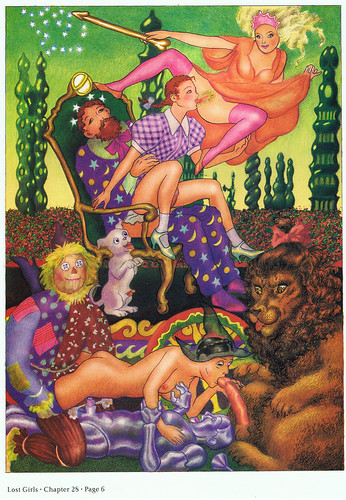
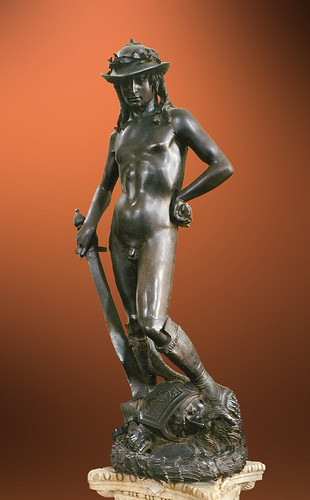
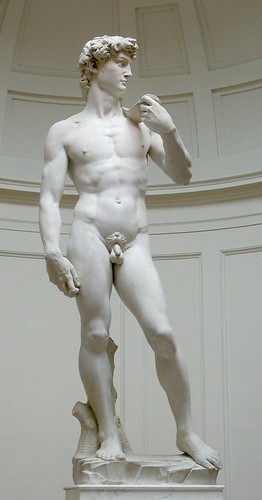


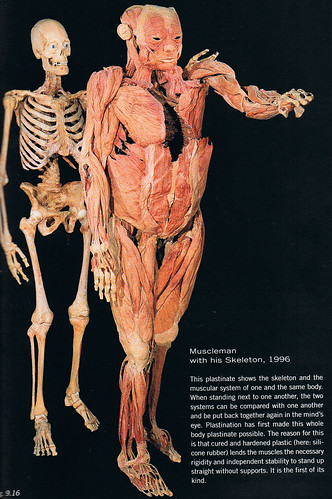
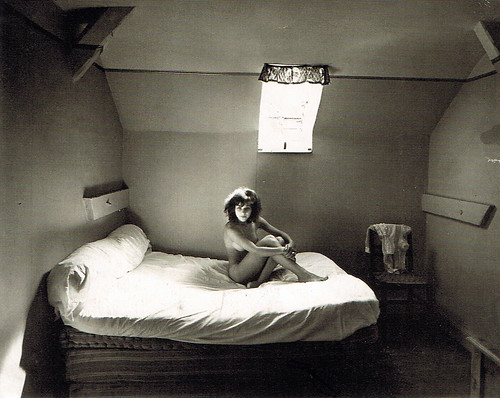
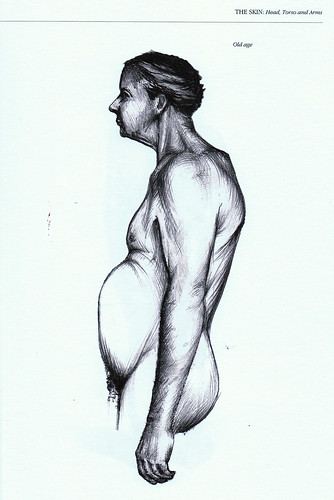

No comments:
Post a Comment